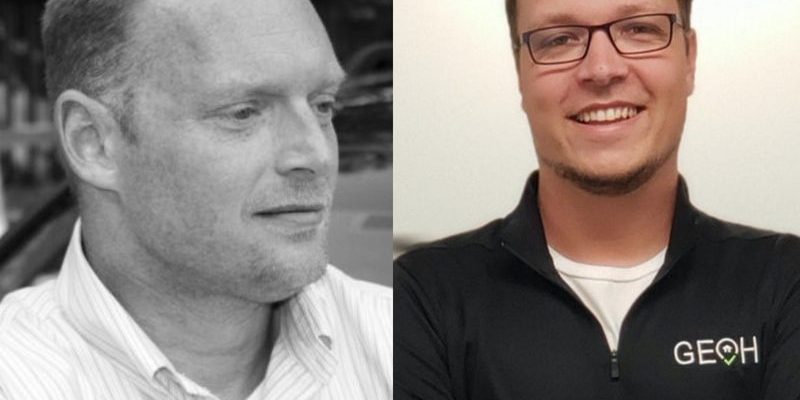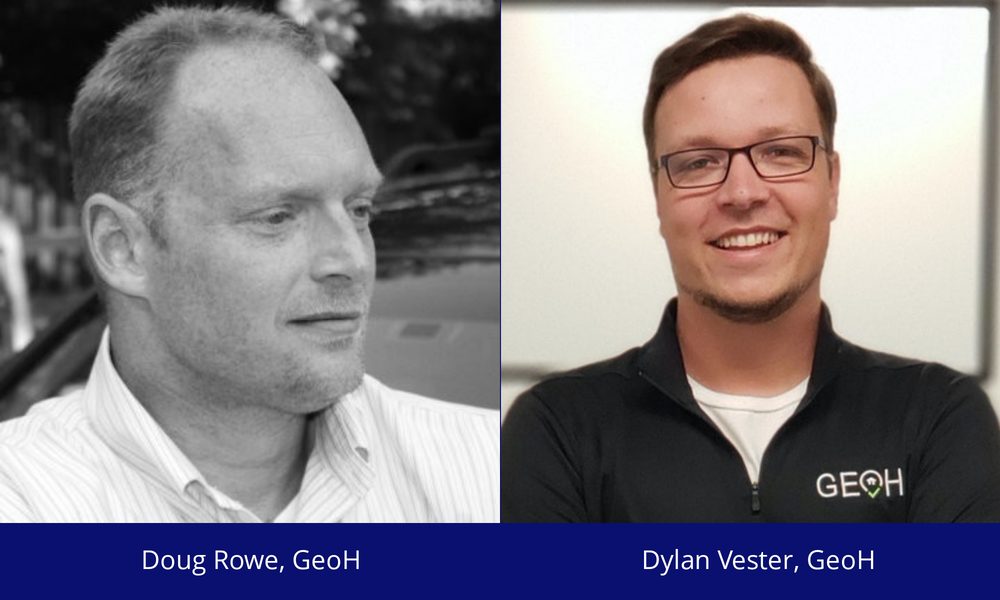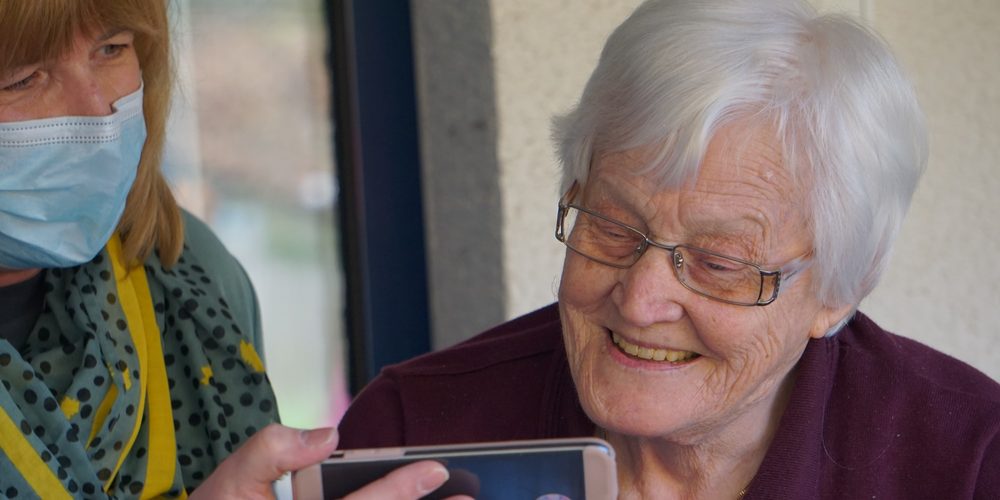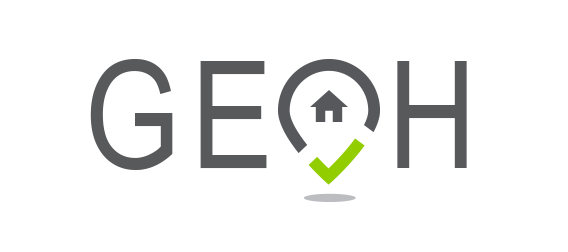I was introduced to Doug Rowe and Dylan Vester, co-founders of GeoH, by Oscar Moralez, VisionTech’s managing director. He had worked with Doug years ago when still at Biostorage. After learning more about GeoH’s solution for the home health industry, Oscar referred them to me and I was immediately impressed. Doug owns a home care company, and he understands the pain and inefficiency of an industry still reliant on paper for billing and payroll. Three years ago, he and Dylan set out to provide a cloud-based alternative. Fast forward, and their traction is impressive. Both are running hard and enjoying every minute, so the VisionTech Angels Screening Committee invited them to pitch. Here’s a sneak preview. I hope you’ll join us to hear Doug and Dylan during our August Pitch events on the 24th and 26th of this month.
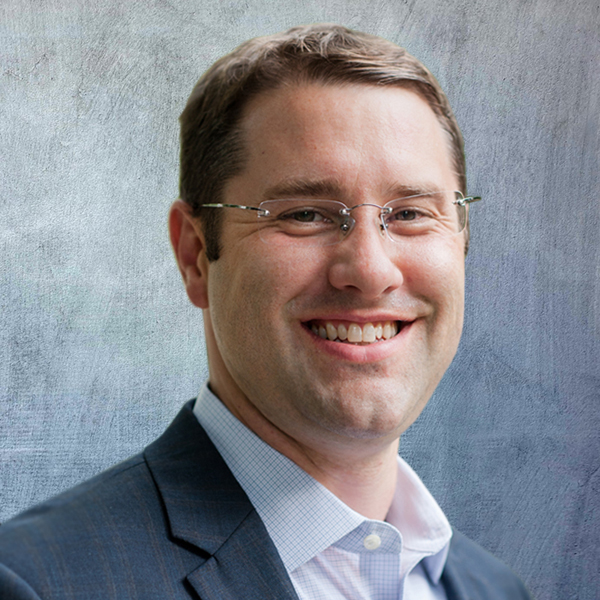
VisionTech’s Ben Pidgeon
BP: Many founders have a personal passion behind their company. What’s the back story on GeoH?
DR: I started a home care company in Indiana four years ago, and the business grew fast. The only problem was that everything about the business was paper based, from how caregivers tracked their patient visits to billing and payroll. Total and complete nightmare. I wanted an app to solve the problems I was facing in the business, so I called my now co-founder Dylan Vester. We worked to make something that not only solved the problems I was facing in the home care space, but was built on bleeding-edge cloud technology so iterations and features can be easily added. As of today, we provide online scheduling, billing, payroll, reporting and analytics, user management, and notifications. Because of changes in the industry brought on by regulations and laws like the Cures Act and market events like COVID, we are constantly evolving and enhancing our platform to meet current and new pain points.
BP: What pain point are you solving with GeoH?
DR: The home health industry is primarily owned by small independent agency owners/operators. Some of them have been in the business for decades, and many still use paper forms as a tracking mechanism. It’s an issue because they have to save paperwork for seven years. If you have a larger operation, you have a warehouse full of old documents. Outside of the obvious administrative burdens we relieve as a digital solution, we also satisfy the 2016 Cures Act for Electronic Visit Verification (EVV). We make running an agency more efficient while simultaneously keeping agencies compliant.
BP: When did you launch and what kind of traction are you getting to date?
DR: We launched the company in 2017, spent a year in development, and began selling in 2019. We’ve been adding users and caregivers ever since. We’re now in 11 states with aggregators, with 130 agencies, plus more than 3,000 users and counting. I give a lot of credit to Dylan for our traction. The product, our user interface, and user experience drive agencies to us from other software solutions.
DV: (smiles) I spent a lot of time on the user experience. Before this, I worked with Salesforce and Microsoft, and I’ve applied much of the same sophisticated backend computing and automation you find in their products. We may be a small company, but our platform and app are very sophisticated and work well.
BP: What benefit is most appreciated by customers?
DV: Our customers are not typically computer savvy, so we’ve designed the platform and the app to be super simple and intuitive to use. We can have new clients live in five minutes. There is not a long, steep learning curve to work in the solution from a functional side. People understand the platform and workflows immediately. Caregivers only have to go to one screen to document their visits. Again, super easy, intuitive, and they don’t have to spend time writing paper notes and turning them in. Their work notes go straight into the agency’s system.
DR: As a home care agency owner myself, I like that we’ve made paper obsolete for operations like payroll. Our software tracks a caregiver’s days, hours, and waiver code for each patient visit, making documenting patient visits so much easier for caregivers. GeoH has a client with 14 locations and 1,000 caregivers. It would take him two days to do payroll because each caregiver’s hours, visits, and coding differed. So basically, it was like doing payroll 1,000 different ways. Because employees’ time and visits are captured digitally, go straight to the cloud, and because the process is automated, payroll takes under an hour. This owner has a $20 million business and by switching to GeoH, we’re saving him $1.2 million annually in reduced overhead. That would not have happened if he’d stayed with paper.
BP: What’s your revenue model?
DR: As a cloud-based, SaaS solution, it’s a user-based pricing model determined by the length of the contract. Two-year contracts are $10 per user; one-year contracts are $12 per user, and month-to-month is $15 per user. We have a 97% retention rate with clients and are very sticky regardless of their plan. Once we launch the skilled version (nursing, therapy), our monthly recurring revenue jumps 4x based on current clients and the additional cost of the new features while opening a new vertical.
BP: Is GeoH unique in the market or do you have competitors?
DR: There are many competitors out there with home health management software but nothing like GeoH. The short answer is our platform and app work. But here are some examples. We’re a standalone solution but we’ve completed critical integrations with state aggregators in 11 states, with more coming on shortly. We work with government agencies like the Indiana Department of Health, CMS, and ACHC to stay informed on regulations and upcoming changes to add those nuances to the software. This advantage garnered my agency’s perfect survey results with zero deficiencies and zero tags the past two times. We’re also integrated with managed care organizations. Our users love us and refer others to us weekly.
DV: From a software perspective, our app is native unlike competitors’ apps so it opens up much like Facebook without requiring a webpage login. We work equally well on iOS, Android, tablets, and PCs. The app is intuitive and the workflow mimics that of a home health agency. Additionally, our support for the software is second to none. Not only do we have a standard call in/email support system, but we also utilize newer technologies for faster response through SMS messages.
We are now working on our next release that will include the initial patient assessment, 485 doctors’ orders and sending the transmission of data to Oasis in Texas, which is how Medicaid determines billing amounts by service. These are the feature sets required for the skilled side that do not already exist in our platform. This functionality is huge and as Doug mentioned, will significantly increase our monthly recurring revenue.
BP: Is there any IP or patents that protect your market position?
DV: We have trade secrets in the way the platform is built to manage large volumes of data, provide safety and security of information, and to massively scale as the business grows. Our algorithms also help streamline operations across multiple operating systems and allow us to integrate seamlessly with multiple external applications to provide robust business tools. Many competitors are attempting to do what we do; however, we’re using new, cloud-based technology that is synchronous, giving us a significant advantage over competitors.
BP: How big is the market? How are you prioritizing your rollout?
DR: With the aging population, the market is huge. There are three million caregivers In the United States and the industry is expected to add another 1.5 million by 2024. We’re targeting states with the highest amount of Medicaid dollars where we can grow the fastest.
BP: How much are you planning to raise and what will the proceeds be used for?
DR: This is a seed round and our goal is to raise $1.5 million. Funds will be used primarily on head count and adding more functionality. A big focus will be on the development team and sales team as this is a one-on-one sales play.
10) Why should VisionTech Angels invest in your company?
DR: The home care industry faces a government mandate to be EVV compliant with charting, billing and payroll practices. No one wants to change but they have to, and ours is the only solution that’s easy to implements and ensures compliance. To put it in perspective, in Indiana alone there are 1,400 agencies that need to be compliant now. The opportunity is significant. We are well-positioned and believe VisionTech Angels will want to be a part of GeoH’s success.
To learn more about GeoH, visit their website. VisionTech Angels’ August Pitch Events will be virtual on Tuesday, August 24 and Thursday, August 26 at 6 p.m. Pitch events are open to our members and accredited investors interested in joining our group. To register, check your email for an invitation, go to our Events page or email Ben Pidgeon at bpidgeon@visiontech-partners.com.
